
-
-
-
Advance your career
In 3-9 months, gain the skills to break into a new career or take your career to the next level.
10th
View allADVANCED MANAGEMENT PROGRAMME (MANUFACTURING AND OPERATIONS)
View allAGNIVEER MR
View allAGNIVEER SSR
View allALLAHABAD HC RO/ARO
View allAnthropology (B.Sc Anthropology)
View allArtificial Intelligence
View allASSOCIATION OF CHARTERED CERTIFIED ACCOUNTANTS [ACCA]
View allB.A (Hons.) Business Economics
View allB.A Geography
View allB.A Hons (English)
View allB.A. - Public Administration
View allB.A. Economics
View allB.A. English
View allB.A. in Fashion and Textile Design
View allB.A. in Jewellery and Accessory Design
View allB.A. in Political Science
View allB.A. in Visual Communication
View allB.A. Journalism and Mass Communication
View allB.A. LLB
View allB.Com (Hons.)
View allB.Ed or Bachelor of Education
View allB.Ed or Bachelor of Education in Physical Science
View allB.Sc - Computer Science
View allB.Sc - Electronics
View allB.Sc - Forensic Science
View allB.Sc - Genetics
View allB.Sc - Geology
View allB.Sc - Home Science
View allB.Sc - Horticulture
View allB.Sc - Life Sciences
View allB.Sc - Microbiology
View allB.Sc - Statistics
View allB.Sc - Zoology
View allB.Sc in Animation
View allB.Sc in Physiology
View allB.Sc LLB (B.Sc LLB)
View allB.Sc. (Hons.) Chemistry
View allB.Sc. (Hons.) Computer Science
View allB.Sc. (Hons.) Mathematics
View allB.Sc. (Hons.) Physics
View allB.Sc. Agriculture
View allB.Sc. Biochemistry
View allB.Sc. Biotechnology
View allB.Sc. Nursing
View allB.Tech - Automobile Engineering
View allB.Tech - Biochemical Engineering
View allB.Tech - Ceramic Engineering
View allB.Tech - Genetic Engineering
View allB.Tech - Instrumentation Engineering
View allB.Tech - Mechatronics Engineering
View allB.Tech - Mining Engineering
View allB.Tech - Production Engineering
View allB.Tech - Telecommunication Engineering
View allB.Tech - Textile Engineering
View allB.Tech : Mechanical Engineering
View allB.Tech-Artificial Intelligence
View allB.Tech-Chemical Engineering
View allB.Tech-Civil Engineering
View allB.Tech-Computer Science Engineering
View allB.Tech-Electrical Engineering
View allB.Tech-Electronics and Communications Engineering
View allB.Tech-Mechanical Engineering
View allBA LLB (BA LLB)
View allBachelor of Accounting and Finance (BAF)
View allBachelor of Audiology & Speech Language Pathology (BASLP)
View allBachelor of Banking & Insurance (BBI)
View allBachelor of Business Administration (BBA)
View allBachelor of Computer Applications (BCA)
View allBachelor of Design (B.Des)
View allBachelor of Education (B.Ed)
View allBachelor of Education (B.Ed) in History
View allBachelor of Education (B.Ed) Psychology
View allBachelor of Education (BE.d) English
View allBachelor of Education (BEd) Commerce
View allBachelor of Education (BEd) in Physical Education
View allBachelor of Education in Hindi
View allBachelor of Education in Tamil [B.Ed] (Tamil)
View allBachelor of Elementary Education (B.El.Ed)
View allBachelor of Financial Markets (BFM)
View allBachelor of Fine Arts
View allBachelor of Management Studies (BMS)
View allBachelor of Mass Communication (BMC)
View allBachelor of Mass Media (BMMC)
View allBachelor of Multimedia Communication (BMMC)
View allBachelor of Optometry
View allBachelor of Optometry (BOPTM)
View allBachelor of Physical Education (B.P.Ed)
View allBachelor of Tourism and Travel Management (BTTM)
View allBachelor of Visual Communication (B.V.C)
View allBachelor of Visual Communication (BVC)
View allBachelor of Vocation (B.Voc) in Software Development
View allBachelors in Banking and Insurance (BBI)
View allBachelors of Commerce and Bachelor of Legislative Law (B.Com LLB)
View allBBA LLB
View allBEd Political Science
View allBIHAR CGL TEST SERIES
View allBIHAR CIVIL COURT
View allBIHAR DAROGA
View allBIHAR PROHIBITION CONSTABLE
View allBOB PO
View allBOB SO
View allBOI SO
View allBPSC HEAD MASTER
View allBPSC SANITARY & WM
View allBusiness Analytics
View allCANARA BANK PO
View allCAT
View allCAT Exam
View allCBI SO
View allCBSE 5
View allCBSE 7
View allCBSE 1
View allCBSE 11th
View allCBSE 12TH
View allCBSE 2
View allCBSE 3
View allCBSE 4
View allCBSE 6
View allCBSE 8
View allCBSE 9TH
View allCBSE CTET
View allCDS
View allCERTIFICATE IN BUSINESS ANALYTICS
View allCertificate Course in Accounting
View allCertificate Course in Banking
View allCERTIFICATE COURSE IN BANKING
View allCERTIFICATE COURSE IN BUSINESS ANALYTICS
View allCERTIFICATE COURSE IN C++
View allCERTIFICATE COURSE IN COMMUNICATIVE ENGLISH
View allCERTIFICATE COURSE IN COMPUTER APPLICATION [CCA]
View allCertificate Course in Fashion Design
View allCERTIFICATE COURSE IN FINANCIAL ACCOUNTING & TAXATION [CCFAT]
View allCERTIFICATE COURSE IN FRENCH
View allCERTIFICATE COURSE IN FUNCTIONAL ENGLISH
View allCERTIFICATE COURSE IN GERMAN
View allCERTIFICATE COURSE IN INFORMATION TECHNOLOGY
View allCertificate Course in Interior Design
View allCERTIFICATE COURSE IN INTERIOR DESIGN
View allCertificate Course in JAVA
View allCERTIFICATE COURSE IN JAVA
View allCERTIFICATE COURSE IN JOURNALISM
View allCERTIFICATE COURSE IN PHOTOGRAPHY
View allCERTIFICATE COURSE IN PHYSIOTHERAPY
View allCERTIFICATE COURSE IN SPANISH
View allCERTIFICATE COURSE IN SPOKEN ENGLISH
View allCertificate Course in Stock Market
View allCERTIFICATE COURSE IN STOCK MARKET
View allCertificate Course in Tally
View allCERTIFICATE COURSE IN TALLY
View allCERTIFICATE COURSE IN YOGA
View allCertificate courses in C ++
View allCERTIFICATE IN ACCOUNTING
View allCertificate in Animation
View allCERTIFICATE IN ANIMATION
View allCertificate in Auto CAD
View allCERTIFICATE IN AUTO CAD
View allCertificate in CAD
View allCERTIFICATE IN CAD
View allCertificate in Cloud Computing
View allCERTIFICATE IN CLOUD COMPUTING
View allCertificate in Computer Application
View allCERTIFICATE IN COSMETOLOGY
View allCERTIFICATE IN DISASTER MANAGEMENT [CDM]
View allCERTIFICATE IN ENGLISH
View allCERTIFICATE IN HINDI
View allCERTIFICATE IN HUMAN RESOURCES
View allCertificate in Information Technology
View allCERTIFICATE IN INSURANCE SERVICES
View allCERTIFICATE IN LABORATORY TECHNIQUES [CPLT]
View allCERTIFICATE IN PROJECT MANAGEMENT
View allCERTIFICATE IN TOURISM AND TRAVEL MANAGEMENT
View allCERTIFICATE IN WEB DESIGNING
View allCertificate in Web Designing.
View allCERTIFICATE PROGRAM IN SUPPLY CHAIN MANAGEMENT
View allCERTIFICATE PROGRAMME IN SALES AND MARKETING
View allCERTIFIED COURSE IN FOOD AND NUTRITION
View allCERTIFIED FINANCIAL PLANNER [CFP]
View allCHARTERED ACCOUNTANT
View allChartered Financial Analyst
View allchinese
View allCISF CONSTABLE/TRADESMEN
View allCIVIL SERVICES
View allCLAT
View allCLAT EXAMS
View allCloud Computing
View allCOMBINED GEO-SCIENTIST
View allCOMBINED MEDICAL SERVICES
View allContent Writing
View allCraftsmanship Course in Food Production
View allCRPF ASI/HC
View allCRPF CONSTABLE TRADESMAN
View allCRPF SI & ASI
View allCS (Company Secretary)
View allCUET
View allCyber Security
View allD.EL.Ed.
View allData Analytics
View allData Science
View allDigital Marketing
View allDiploma in 3D Animation
View allDiploma in Advertising and Marketing
View allDiploma in Airline, Travel and Tourism Management
View allDiploma in Animation and Multimedia
View allDIPLOMA IN ARCHITECTURE ENGINEERING
View allDIPLOMA IN AUTOMOBILE ENGINEERING
View allDiploma in Bakery and Confectionery
View allDIPLOMA IN BIOMEDICAL ENGINEERING
View allDIPLOMA IN CHEMICAL ENGINEERING
View allDIPLOMA IN CIVIL ENGINEERING
View allDiploma in Communicative English
View allDIPLOMA IN COMPUTER ENGINEERING
View allDIPLOMA IN COMPUTER SCIENCE AND ENGINEERING
View allDIPLOMA IN DENTAL HYGIENIST
View allDIPLOMA IN DENTAL MECHANICS
View allDiploma in education
View allDIPLOMA IN ELECTRICAL & ELECTRONICS ENGINEERING
View allDIPLOMA IN ELECTRICAL ENGINEERING
View allDIPLOMA IN ELECTRONICS ENGINEERING
View allDiploma in elementary education
View allDiploma in Engineering
View allDiploma in Event Management
View allDIPLOMA IN FINE ARTS
View allDiploma in Food and Beverage Services
View allDiploma in Gemology
View allDiploma in Hotel Management (DHM)
View allDiploma in Information Technology
View allDIPLOMA IN INFORMATION TECHNOLOGY
View allDiploma in Interior Designing
View allDiploma in Journalism and Mass Communication (DJMC)
View allDIPLOMA IN MECHANICAL ENGINEERING
View allDIPLOMA IN MECHATRONICS
View allDiploma in Medical Lab Technology
View allDiploma in Medical Laboratory Technology (DMLT)
View allDIPLOMA IN MINING ENGINEERING
View allDiploma in Multimedia
View allDiploma in Nursing
View allDiploma in Nursing Care Assistant (DNCA)
View allDiploma in Nutrition and Dietetics
View allDiploma in Office Management
View allDIPLOMA IN PETROLEUM ENGINEERING
View allDiploma in Photography
View allDiploma in Physiotherapy
View allDIPLOMA IN PRODUCTION ENGINEERING
View allDiploma in Radiological Technology
View allDiploma in Rural Healthcare
View allDiploma in Scriptwriting/Creative Writing
View allDiploma in Sound Recording
View allDiploma in Travel & Tourism
View allDiploma in Visual Merchandising
View allDiploma in X-Ray Technician
View allEmail-Marketing
View allEPFO
View allFashion Designer
View allFCI MANAGEMENT TRAINEE
View allFEDERAL BANK PO
View allFull-Stack Developer
View allGATE
View allGraphic Design
View allHARCO BANK
View allHPSC PGT
View allHSSC Canal Patwari
View allHSSC GRAM SACHIV
View allIB SA/EXE & MTS/GEN
View allIBPS CLERK
View allIBPS PO
View allIBPS RRB OFFICE ASSISTANT
View allIBPS RRB OFFICER SCALE 1
View allIBPS SO Exam
View allIBPS Specialist Officer Exams
View allICAR
View allIIBF JE
View allINDIAN AIRFORCE APPRENTICE
View allINDIAN BANK COST GUARD (GD/DB)
View allINDIAN BANK PO
View allINDIAN BANK SO
View allINDIAN ECONOMIC SERVICE
View allINDIAN ER.SERVICES
View allINDIAN FOREST SERVICE
View allINDIAN NAVY AA/SSR
View allIPPB
View allJH POLICE RO
View allJK BANK PO
View allJK POLICE CONSTABLE
View allJob Oriented
View allJSSC EXCISE AND PROHIBITION
View allKG
View allLAKHSMI VILAS BANK PO
View allLDCE
View allLIC AAO
View allLIC ADO
View allLIC HFL
View allLL.M - Criminal Law
View allLL.M - Cyber Law
View allLL.M - International Law
View allLL.M - Labour Law
View allM.A. - Public Administration
View allM.A. in Economics
View allM.A. in English
View allM.A. Political Science
View allM.A. Rural Development
View allM.A.in History
View allM.Sc - Geoinformatics
View allMachine Learning
View allMaster of Education (M.Ed)
View allMaster of Law (LL.M)
View allMaster of Mass Communication (MMC)
View allMasters in Journalism and Mass Communication (MJMC)
View allMasters of Business Administration (MBA)
View allMAT
View allMBA - Communication Management
View allMBA - Customer Relationship Management (MBA CRM)
View allMBA - Environmental Management
View allMBA - Healthcare & Hospital Management
View allMBA - Hospitality Management
View allMBA - Logistics and Supply Chain Management
View allMBA - Materials Management
View allMBA - Media Management
View allMBA - Natural Resource Management
View allMBA - Operations Management
View allMBA - Project Management
View allMBA - Retail Management
View allMBA - Risk Management
View allMBA - Rural Development Management
View allMBA - Sales Management
View allMBA - Sports Management
View allMBA - Sustainable Management
View allMBA - Technology Management
View allMBA-Finance
View allMBA-Hr
View allMBA-Insurance
View allMBA-IT
View allMBA-Marketing
View allMCM: Masters of Computer Management
View allMP PATWARI
View allMP PSC
View allMP TET
View allMPPSC FOREST SERVICE
View allNAINITAL BANK
View allNDA & NA
View allNIOS 10
View allNIOS 11
View allNIOS 12
View allNIOS D.EL.ED.
View allNTPC CBT
View allOICL RECRUITMENT
View allOSSSC RECRUITMENT
View allPATNA HC STENO
View allPGP - Tax Management
View allPost Graduate Diploma in Technical Writing
View allProgramming
View allProject Management
View allRBI ASSISTANT
View allRBI Grade B Exam
View allRRB ASSISTANT LOCO PILOT
View allRRB Group D.
View allRSCB
View allRSMSSB COMPUTOR
View allRSMSSB FOREST GUARD
View allRSMSSB INFORMATICS ASSISTANT
View allRSMSSB JE
View allRSMSSB LAB TECH
View allRSMSSB LIB
View allRSMSSB PATWARI
View allRSMSSB PHARMACIST
View allSBI Clerk
View allSBI Clerk 2024
View allSBI PO
View allSIDBI GRADE A
View allSIDBI GRADE B
View allSocial Media Marketing
View allSoft Skills
View allSoftware Development.
View allSSC SELECTION POST
View allUIIC ASSISTANT
View allUPPSC ASST.PRO
View allUPPSC NURSE
View allUPPSC PROGRAMMER
View allUPSSSC ATA
View allUPSSSC INSTRUCTOR
View allUPSSSC VDO
View allVCBL PO
View allWealth Management
View allWeb Designing
View allXAT
View allDiploma in Cosmetology
View all
-
-
-
Advance your career
In 3-9 months, gain the skills to break into a new career or take your career to the next level.
-
-
-
Advance your career
In 3-9 months, gain the skills to break into a new career or take your career to the next level.
-
-
-
Advance your career
In 3-9 months, gain the skills to break into a new career or take your career to the next level.
Arts And Humanities.
No courses found
Business
View allCertificate
View allComputer Science
No courses found
Graphic Design
No courses found
Health
No courses found
Information Technology
View allLanguage Learning
No courses found
Math And Logic
No courses found
Physical Science And Engineering
No courses found
Social Science
No courses found
Soft Skills
No courses found
-
-
-
Find your new career
Breakthrough pricing on 100% online degrees designed to fit into your life.
CERTIFICATE IN ANIMATION
No subjects found
Get started
-
-
-
Find your new career
Breakthrough pricing on 100% online degrees designed to fit into your life.
CERTIFICATE COURSE IN COMMUNICATIVE ENGLISH
No subjects found
CERTIFICATE COURSE IN FRENCH
No subjects found
CERTIFICATE COURSE IN FUNCTIONAL ENGLISH
No subjects found
CERTIFICATE COURSE IN GERMAN
No subjects found
CERTIFICATE COURSE IN SPANISH
No subjects found
CERTIFICATE COURSE IN SPOKEN ENGLISH
No subjects found
CERTIFICATE IN ENGLISH
No subjects found
CERTIFICATE IN HINDI
No subjects found
CERTIFICATE IN INSURANCE SERVICES
No subjects found
DIPLOMA IN FINE ARTS
No subjects found
Get started
-
-
-
Find your new career
Breakthrough pricing on 100% online degrees designed to fit into your life.
No courses found
Get started
-
-
-
Find your new career
Breakthrough pricing on 100% online degrees designed to fit into your life.
Certificate Course In Accounting
No subjects found
Certificate Course In Banking
No subjects found
Certificate Course In Interior Design
No subjects found
Certificate Course In Stock Market
No subjects found
Certificate Course In Tally
No subjects found
Get started
-
-
-
Find your new career
Breakthrough pricing on 100% online degrees designed to fit into your life.
Certificate Course In Fashion Design
No subjects found
Certificate In Auto CAD
No subjects found
Certificate In CAD
No subjects found
Chinese
No subjects found
Get started
-
Goals
Departments
-
CRPF CONSTABLE TRADESMAN
Competitive |
CRPF CONSTABLE TRADESMAN
The CRPF (Central Reserve Police Force) conducts the recruitment process for the post of CRPF Constable Tradesman.

Runali Deb Roy
Last Update : 31 May 2023
Overview of the CRPF Constable Tradesman Exam
The CRPF Constable Tradesman exam does not have a specific course or syllabus mentioned in the official recruitment notifications. However, I can provide a general overview of the topics that candidates can prepare for the written examination. It is important to note that the actual topics and weightage may vary, and it is recommended to refer to the official recruitment notification for the most accurate and updated information. Here are some common areas to focus on:
General Awareness: This section tests the candidate's knowledge of current affairs, general knowledge, and everyday observation. Topics may include current events, sports, history, geography, culture, Indian economy, Indian polity, etc.
General Knowledge: This section assesses the candidate's knowledge of general facts and information. Topics may include books and authors, famous personalities, awards and honors, important dates, inventions and discoveries, scientific achievements, etc.
Mathematics: This section tests the candidate's mathematical abilities and problem-solving skills. Topics may include number systems, arithmetic, algebra, geometry, trigonometry, mensuration, statistics, etc.
Reasoning: This section evaluates the candidate's logical and analytical reasoning skills. Topics may include analogies, coding-decoding, series completion, blood relations, direction sense, syllogism, visual reasoning, etc.
Trade-specific Knowledge: Candidates are expected to have knowledge and practical skills related to the specific trade they are applying for. This section assesses the candidate's understanding of trade-related concepts, tools, techniques, and practical aspects.
It is recommended to study from relevant textbooks, practice previous years' question papers, and take mock tests to get familiar with the exam pattern and improve your performance. Additionally, staying updated with current affairs and regularly reading newspapers can help in the general awareness section.
Remember to check the official recruitment notification for any specific topics or changes in the exam pattern.
Exam Pattern and Syllabus
- Trade-specific Skills: The CRPF Constable Tradesman exam requires candidates to possess trade-specific skills and knowledge related to the trade they are applying for. You will learn and enhance your skills in trades such as Cobbler, Tailor, Carpenter, Barber, Cook, Water Carrier, Washer-man, Sweeper, Gardner, etc. This includes understanding the tools, techniques, and practical aspects of the trade.
- General Awareness: You will learn about current affairs, general knowledge, and everyday observation. This includes staying updated with current events, sports, history, geography, culture, Indian economy, Indian polity, and other relevant topics.
- General Knowledge: You will gain knowledge of general facts and information such as books and authors, famous personalities, awards and honors, important dates, inventions and discoveries, scientific achievements, and more. This helps in improving your overall knowledge and understanding of various subjects.
- Mathematics: You will learn and improve your mathematical abilities and problem-solving skills. This includes topics such as number systems, arithmetic, algebra, geometry, trigonometry, mensuration, statistics, and other mathematical concepts
- Reasoning: You will develop your logical and analytical reasoning skills. This includes topics such as analogies, coding-decoding, series completion, blood relations, direction sense, syllogism, visual reasoning, and other logical reasoning concepts.
Course Content
- Current Affairs (National and International)
- Indian History
- Indian Polity
- Indian Economy
- Indian Geography
- Science and Technology
- Sports and Games
- Awards and Honors
- Books and Authors
- Important Dates and Events
- General Science
- Number System
- Simplification
- Percentages
- Ratio and Proportion
- Average
- Problems on Ages
- Time and Work
- Speed, Distance, and Time
- Data Interpretation
- Simple and Compound Interest
- Profit and Loss
- Analogies
- Similarities and Differences
- Spatial Visualization
- Spatial Orientation
- Visual Memory
- Discrimination
- Observation
- Relationship Concepts
- Arithmetic Reasoning
- Verbal and Figure Classification
- Non-Verbal Series
- Coding and Decoding
- Statement Conclusion
- Vocabulary
- Grammar
- Sentence Structure
- Synonyms and Antonyms
- Fill in the Blanks
- Error Detection
- Comprehension Passage
- Idioms and Phrases
- One-word Substitution
As per the specific trade applied for (e.g., Carpenter, Painter, Electrician, Cook, Tailor, etc.), the syllabus may cover topics related to the trade, practical knowledge, tools, equipment, and techniques required for the respective trade.
ELIGIBILITY CRITERIA FOR CRPF CONSTABLE
The eligibility criteria for CRPF Constable (Technical & Tradesman) recruitment may vary and are subject to change. However, here is the general eligibility criteria based on the previous recruitment cycles:
Nationality: Candidates must be citizens of India.
Age Limit: The minimum age is typically 18 years, and the maximum age is usually 23 years. Age relaxation is provided for candidates belonging to reserved categories as per government rules.
Educational Qualification: Candidates must have passed 10th class (Matriculation) or its equivalent from a recognized board or university.
Physical Standards:
Height: The minimum height requirement is usually 170 cm for male candidates and 157 cm for female candidates.
Chest: For male candidates, the minimum chest size is typically 80 cm (85 cm with expansion).
Weight: Candidates should have proportionate weight as per their height and age.
Medical Standards: Candidates must meet the medical standards set by CRPF. They should have good physical and mental health without any medical conditions or disabilities that may affect their ability to perform the duties.
Trade-specific Requirements: Candidates applying for specific trades like Cobbler, Tailor, Carpenter, Barber, Cook, Water Carrier, Washer-man, Sweeper, Gardner, etc., may be required to possess additional trade-specific skills or certifications.
It is important to note that the above eligibility criteria are based on general trends, and the specific eligibility criteria for the CRPF Constable (Technical & Tradesman) recruitment in 2023 may be different. It is advisable to refer to the official recruitment notification and brochure issued by CRPF for the accurate and updated eligibility criteria for the upcoming recruitment cycle.
APPLICATION PROCESS OF CRPF CONSTABLE
The application process for CRPF Constable Tradesman may vary slightly depending on the specific recruitment cycle. However, here is a general outline of the application process:
Online Application: Visit the official website of CRPF or the designated recruitment portal to access the online application form. Fill in all the required details carefully and accurately. Make sure to double-check the information before submitting the form.
Upload Documents: Upload scanned copies of the required documents such as your photograph, signature, and any other relevant certificates as specified in the application form. Ensure that the scanned copies are clear and meet the specified size and format requirements.
Application Fee: Pay the application fee, if applicable, as mentioned in the recruitment notification. The fee can usually be paid online through various modes such as debit card, credit card, net banking, etc. Keep the payment receipt or transaction details for future reference.
Review and Submit: Before final submission, review all the entered details, uploaded documents, and application fee payment. Make any necessary corrections if allowed. Once you are satisfied with the provided information, submit the application form.
Print Application Form: After successful submission, take a printout of the completed application form for your reference. It is advisable to keep a copy of the application form and payment receipt for future correspondence.
Admit Card: Keep track of the official website or recruitment portal for updates on the release of the admit card. Download and print the admit card once it becomes available. The admit card is an essential document for appearing in the examination and other stages of the selection process.
It is important to note that the above steps are a general guideline, and the specific instructions for the application process will be provided in the official recruitment notification. It is recommended to carefully read and follow the instructions mentioned in the notification to ensure a smooth application process.
- Duration 6 Months
- Level Beginner
- Lectures 12 Lectures
- Language English
- Enrolled 100+ Enrolled
- Recorded Video 36
- Notes 45
- MCQs 52
- PPTs 25
- Live Test Series 42
- E-Book 40
Related Courses
-
Federal Bank PO
Price Rs. 6999.00 -
JSSC EXCISE AND PROHIBITION
Price Rs. 6999.00 -
UPPSC PROGRAMMER
Price Rs. 6999.00
SELECTION PROCESS OF CRPF CONSTABLE
The selection process for CRPF Constable (Technical & Tradesman) typically involves multiple stages. While the specific process may vary based on the recruitment cycle, here is a general outline of the selection process:
Physical Standards Test (PST): Candidates are first screened based on physical standards such as height, chest measurements, and weight. Those who meet the prescribed standards move to the next stage.
Physical Efficiency Test (PET): In this test, candidates undergo physical tasks such as running, long jump, high jump, and other specific tasks relevant to the trade applied for. The performance of candidates is evaluated, and those who qualify proceed to the next stage.
Written Examination: Candidates who qualify for the PST and PET are eligible to appear for the written examination. The written exam typically consists of multiple-choice questions (MCQs) covering subjects such as General Awareness, General Knowledge, Mathematics, Reasoning, and trade-specific knowledge. The exam assesses the candidate's knowledge, aptitude, and skills.
Trade Test: Candidates who clear the written examination are called for the trade test. This stage evaluates the practical knowledge and skills of candidates in the specific trade they have applied for, such as Cobbler, Tailor, Carpenter, Barber, Cook, Water Carrier, Washer-man, Sweeper, Gardner, etc.
Medical Examination: Candidates who pass the written examination and trade test undergo a medical examination conducted by CRPF medical authorities. The medical examination ensures that the candidates are physically and medically fit for the duties associated with the role.
Document Verification: After successfully completing the medical examination, candidates are required to produce the necessary documents for verification. These documents include educational certificates, age proof, caste certificates (if applicable), domicile certificates, etc.
Final Merit List: A final merit list is prepared based on the candidates' performance in the written examination, trade test, and medical examination. Candidates who are ranked high in the merit list are selected for the CRPF Constable (Technical & Tradesman) positions.
It is important to note that the specific details of the selection process may vary, and it is recommended to refer to the official recruitment notification and guidelines provided by CRPF for accurate and updated information regarding the selection process for the upcoming recruitment cycle.

Course Structure
1
1. General Awareness/General Knowledge:
- Current Affairs (National and International)
- Indian History
- Indian Polity
- Indian Economy
- Indian Geography
- Science and Technology
- Sports and Games
- Awards and Honors
- Books and Authors
- Important Dates and Events
- General Science
2
2. Elementary Mathematics:
- Number System
- Simplification
- Percentages
- Ratio and Proportion
- Average
- Problems on Ages
- Time and Work
- Speed, Distance, and Time
- Data Interpretation
- Simple and Compound Interest
- Profit and Loss
3
3. Analytical Aptitude:
- Analogies
- Similarities and Differences
- Spatial Visualization
- Spatial Orientation
- Visual Memory
- Discrimination
- Observation
- Relationship Concepts
- Arithmetic Reasoning
- Verbal and Figure Classification
- Non-Verbal Series
- Coding and Decoding
- Statement Conclusion
4
4. General Hindi/English:
- Vocabulary
- Grammar
- Sentence Structure
- Synonyms and Antonyms
- Fill in the Blanks
- Error Detection
- Comprehension Passage
- Idioms and Phrases
- One-word Substitution
5
5. Trade-specific Knowledge:
- As per the specific trade applied for (e.g., Carpenter, Painter, Electrician, Cook, Tailor, etc.), the syllabus may cover topics related to the trade, practical knowledge, tools, equipment, and techniques required for the respective trade
Start Learning Today
Financial aid available
- Taught by top companies and universities
- Affordable programs
- Apply your skills with hands-on projects
- Learn on your own schedule
- Course videos and readings
- Graded quizzes and assignments
- Shareable Certificate upon completion
12 Lessons
100 Seats
6 Months
CRPF CONSTABLE TRADESMAN
12 Lessons
100 Seats
6 Months
CRPF CONSTABLE TRADESMAN
12 Lessons
100 Seats
6 Months
CRPF CONSTABLE TRADESMAN
12 Lessons
100 Seats
6 Months
CRPF CONSTABLE TRADESMAN
12 Lessons
100 Seats
6 Months
CRPF CONSTABLE TRADESMAN
Frequently Asked Questions
CRPF Constable Tradesman recruitment includes trades such as Cobbler, Tailor, Carpenter, Barber, Cook, Water Carrier, Washer-man, Sweeper, Gardner, etc.
The eligibility criteria for CRPF Constable Tradesman typically include educational qualifications, age limit, and physical standards. It is advisable to refer to the official recruitment notification for the accurate and updated eligibility criteria.
The selection process for CRPF Constable Tradesman usually involves stages such as Physical Standards Test (PST), Physical Efficiency Test (PET), Written Examination, Trade Test, Medical Examination, and Document Verification. The exact process may vary, so it is recommended to refer to the official notification for specific details.
The application process for CRPF Constable Tradesman is typically done online. Candidates need to visit the official website or designated recruitment portal, fill in the application form, upload the required documents, and pay the application fee (if applicable) as per the instructions provided in the recruitment notification.
The duration of training for CRPF Constable Tradesman may vary. It generally includes basic training, trade-specific training, physical fitness training, weapon training, drill and parade, field training, and professional development. The duration will be specified during the training period.
After completing training, CRPF Constable Tradesman can be deployed in various operational areas and perform duties related to their respective trades. There may be opportunities for career advancement and specialization within the CRPF, based on performance and vacancies.





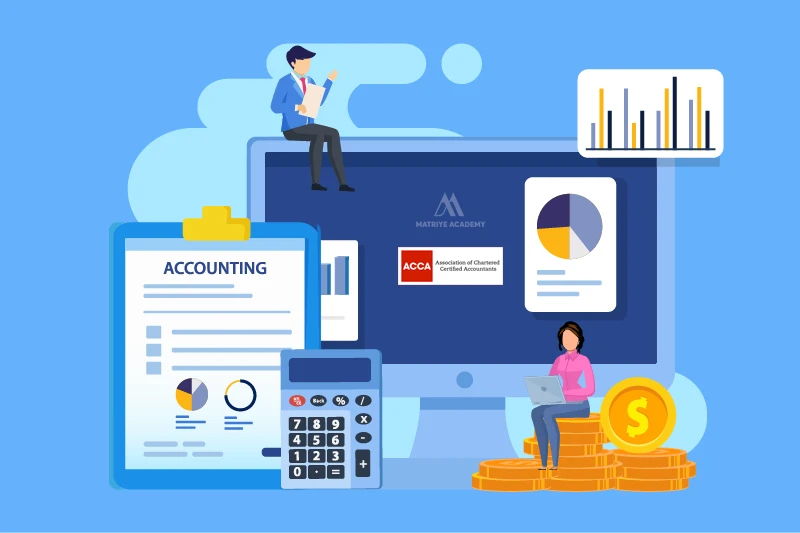
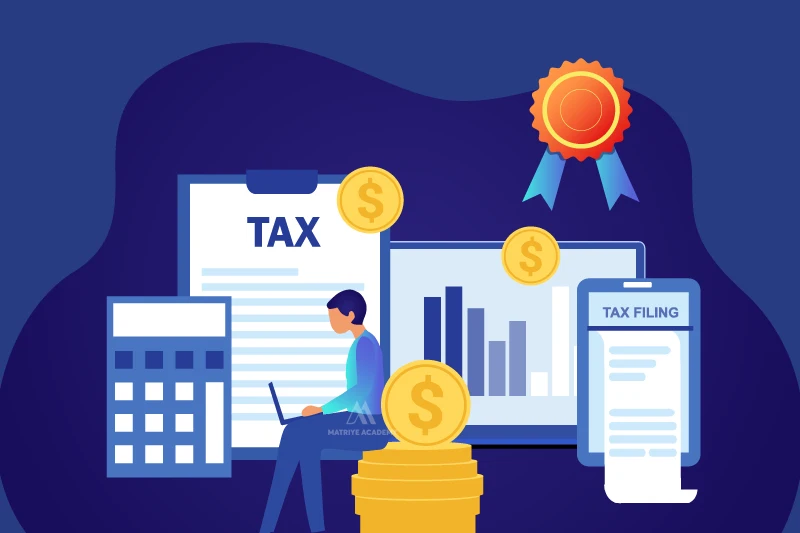
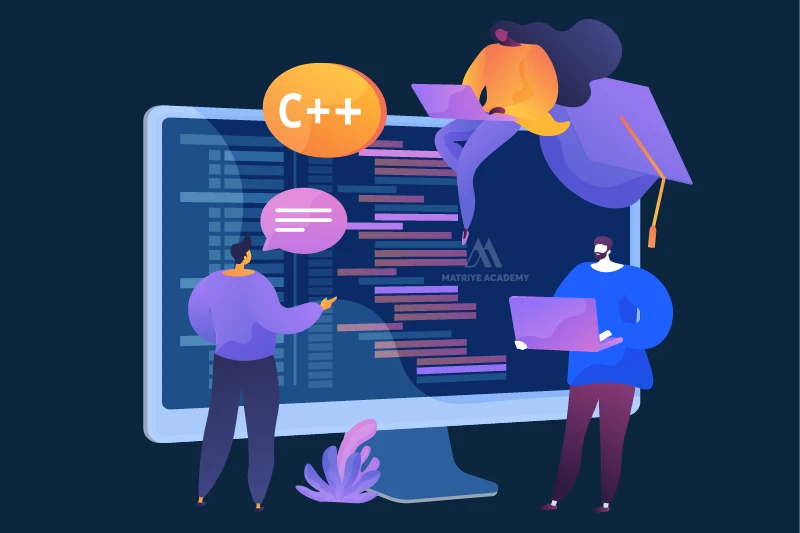





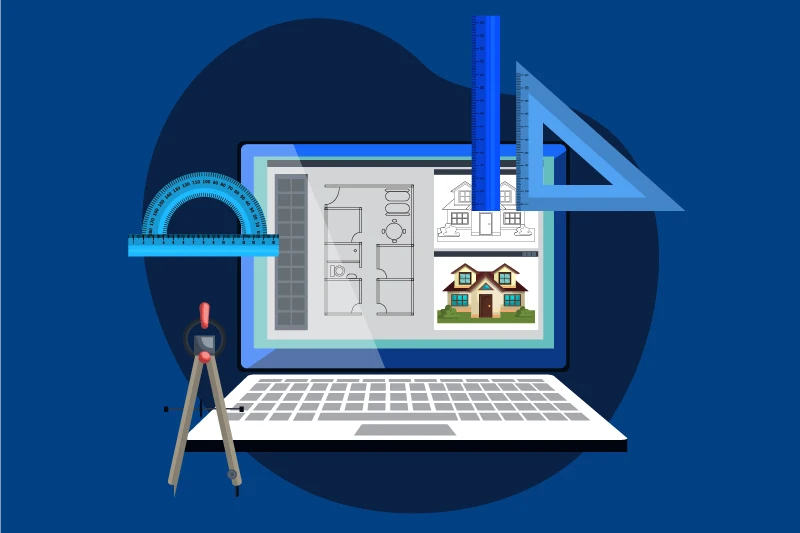










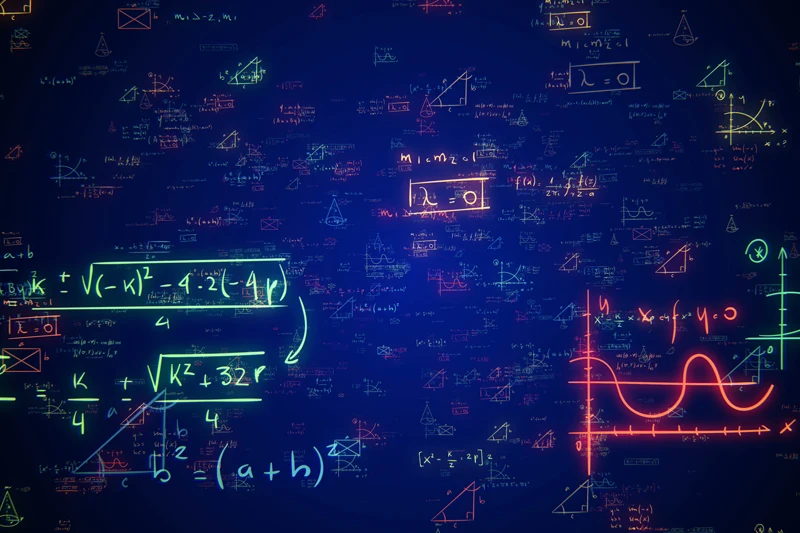



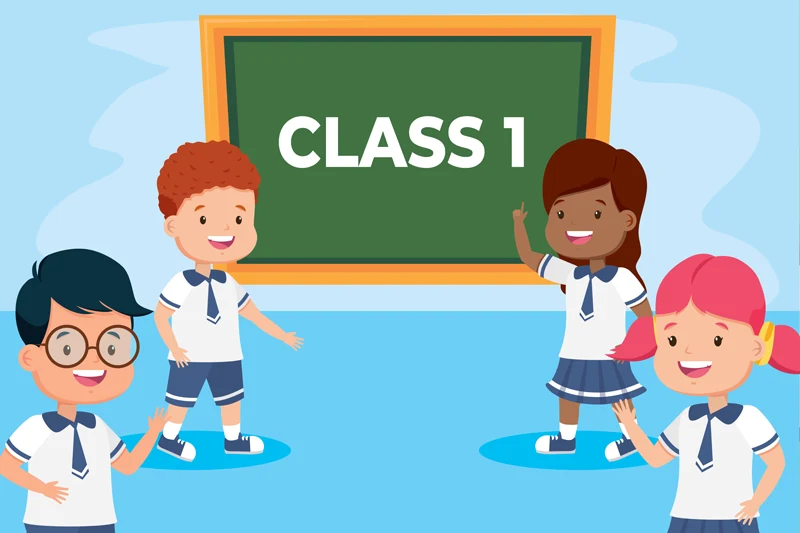
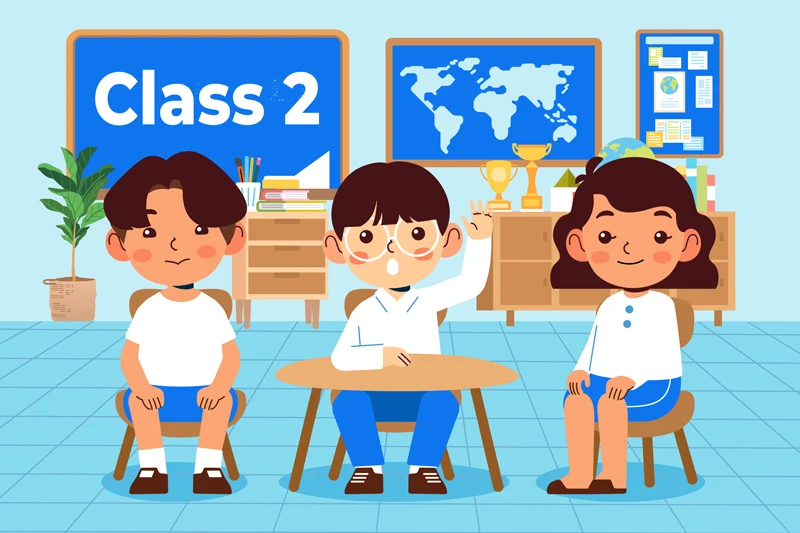


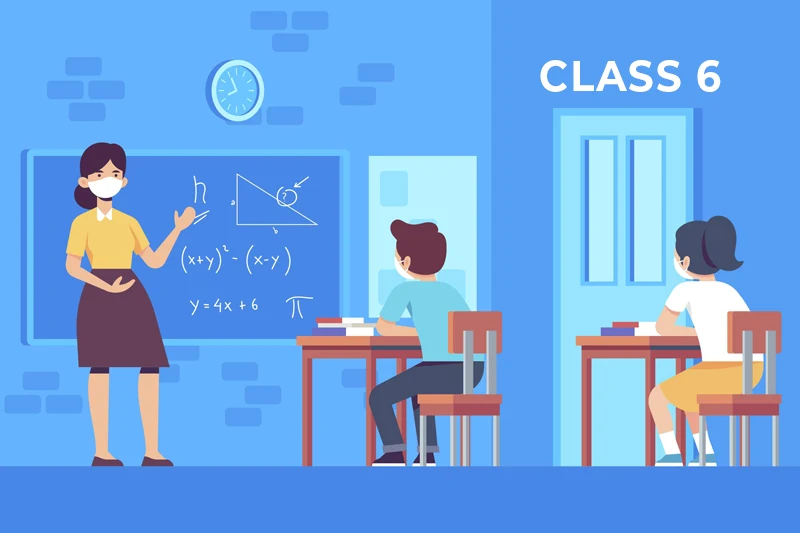
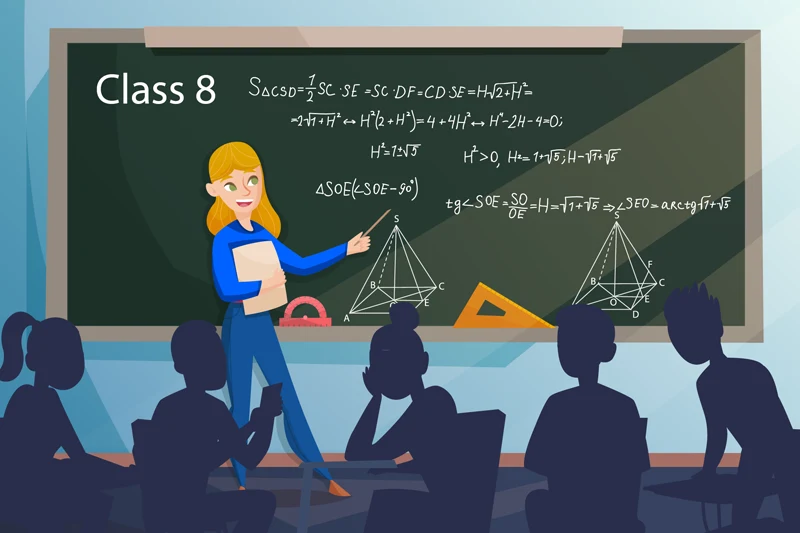




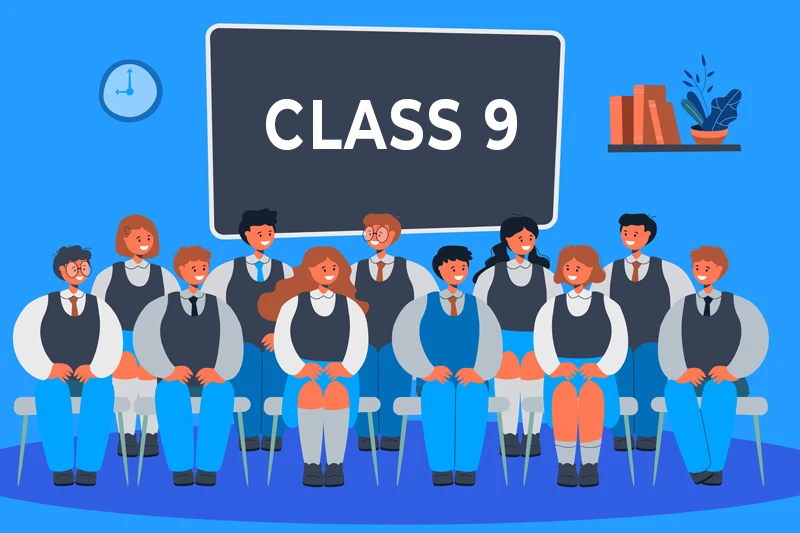

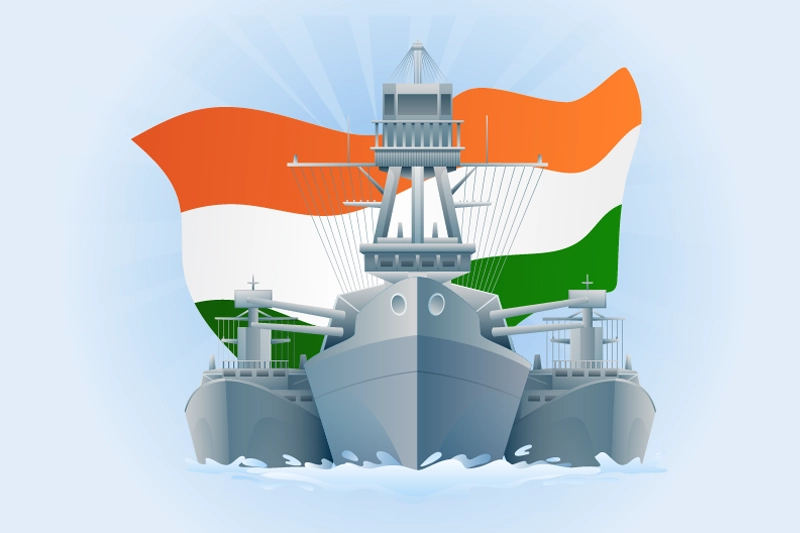

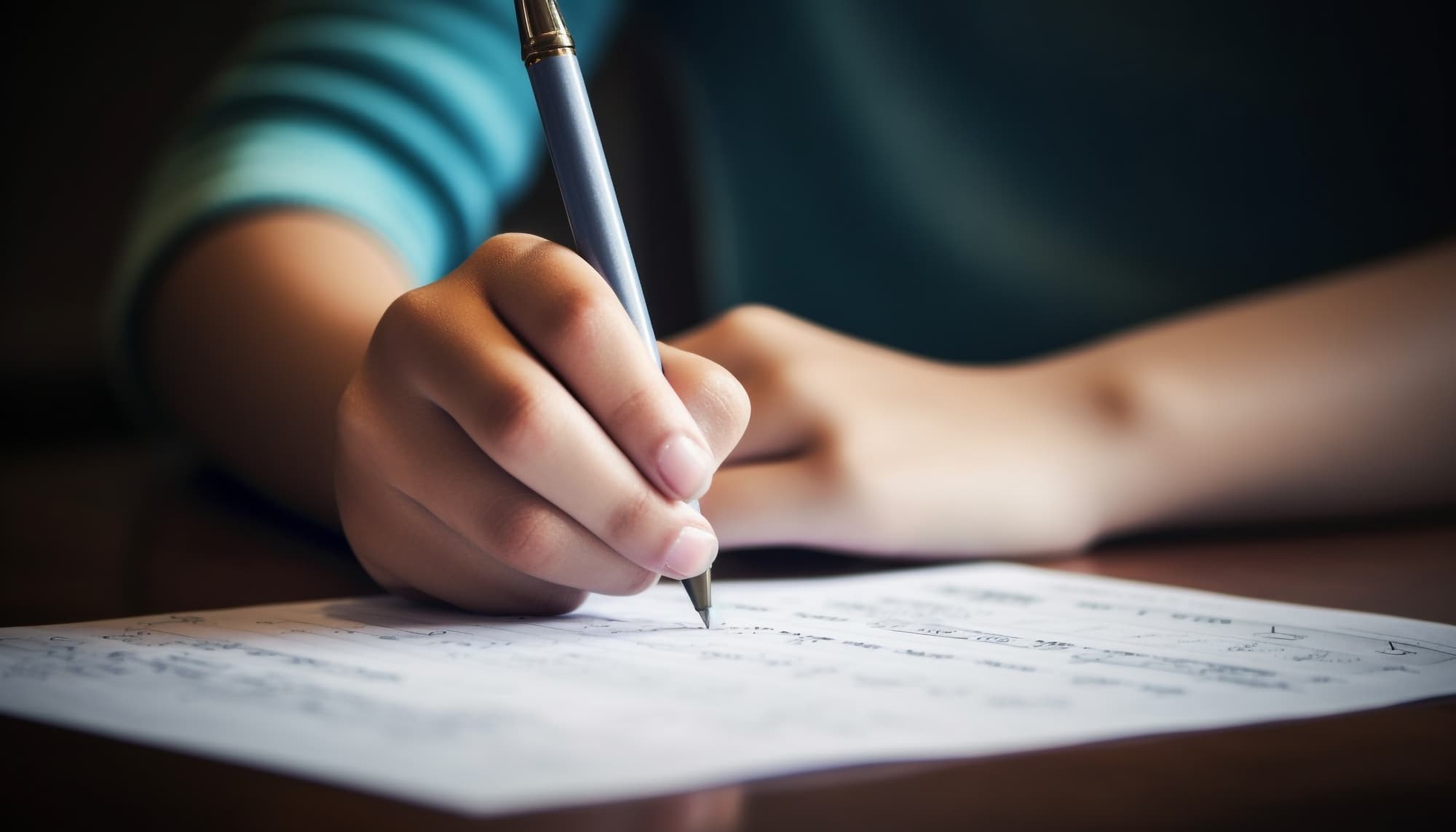

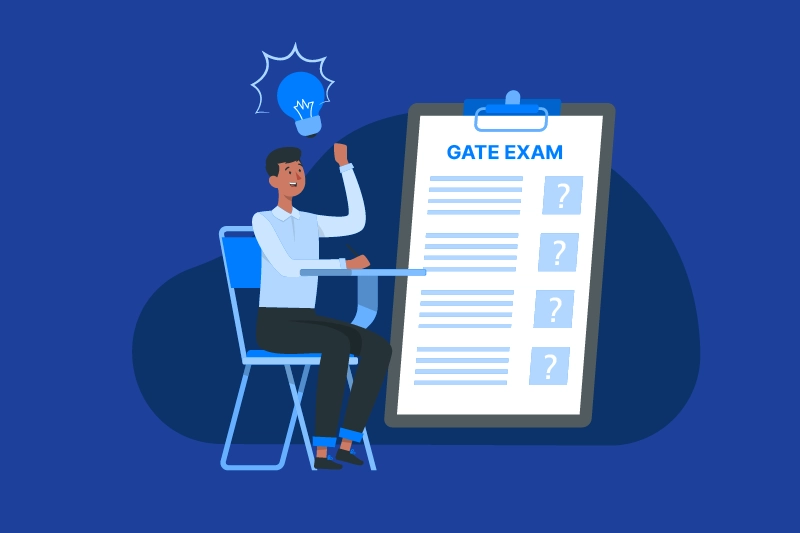

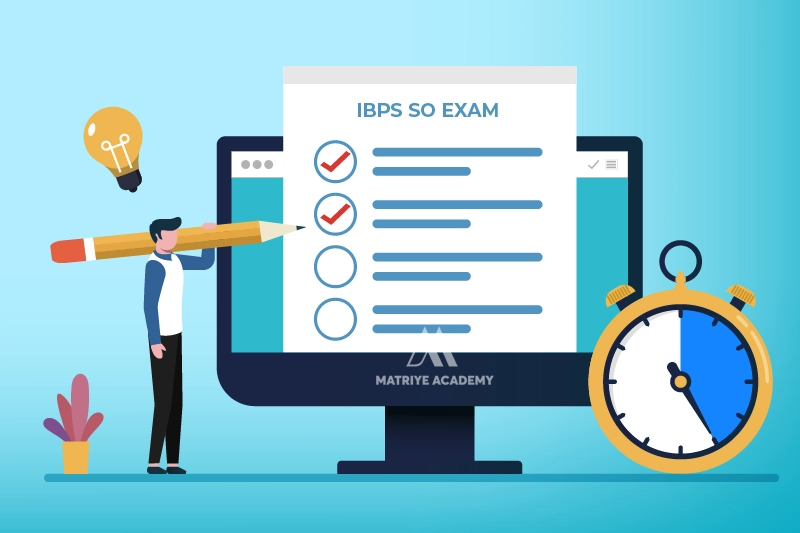


















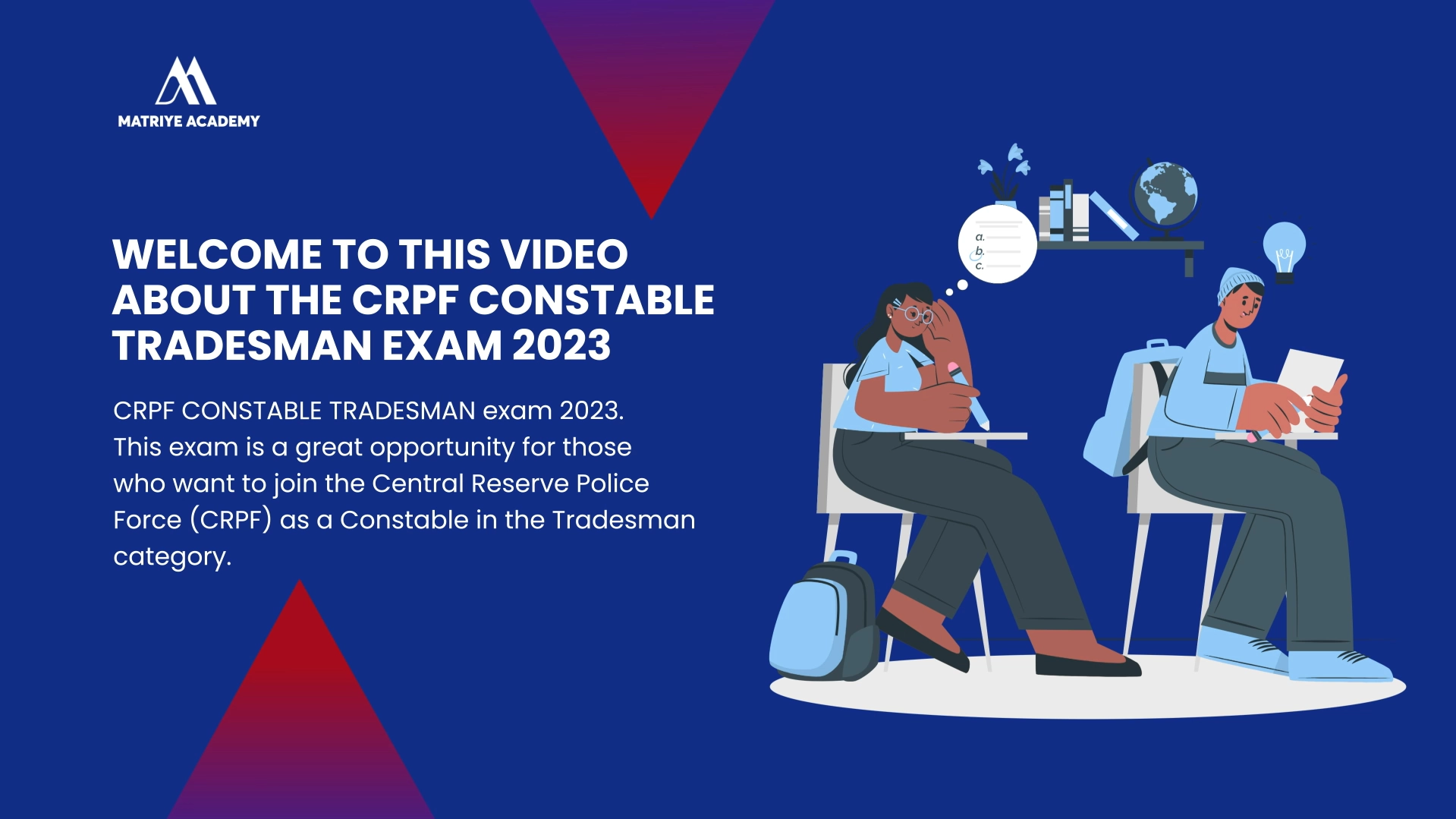



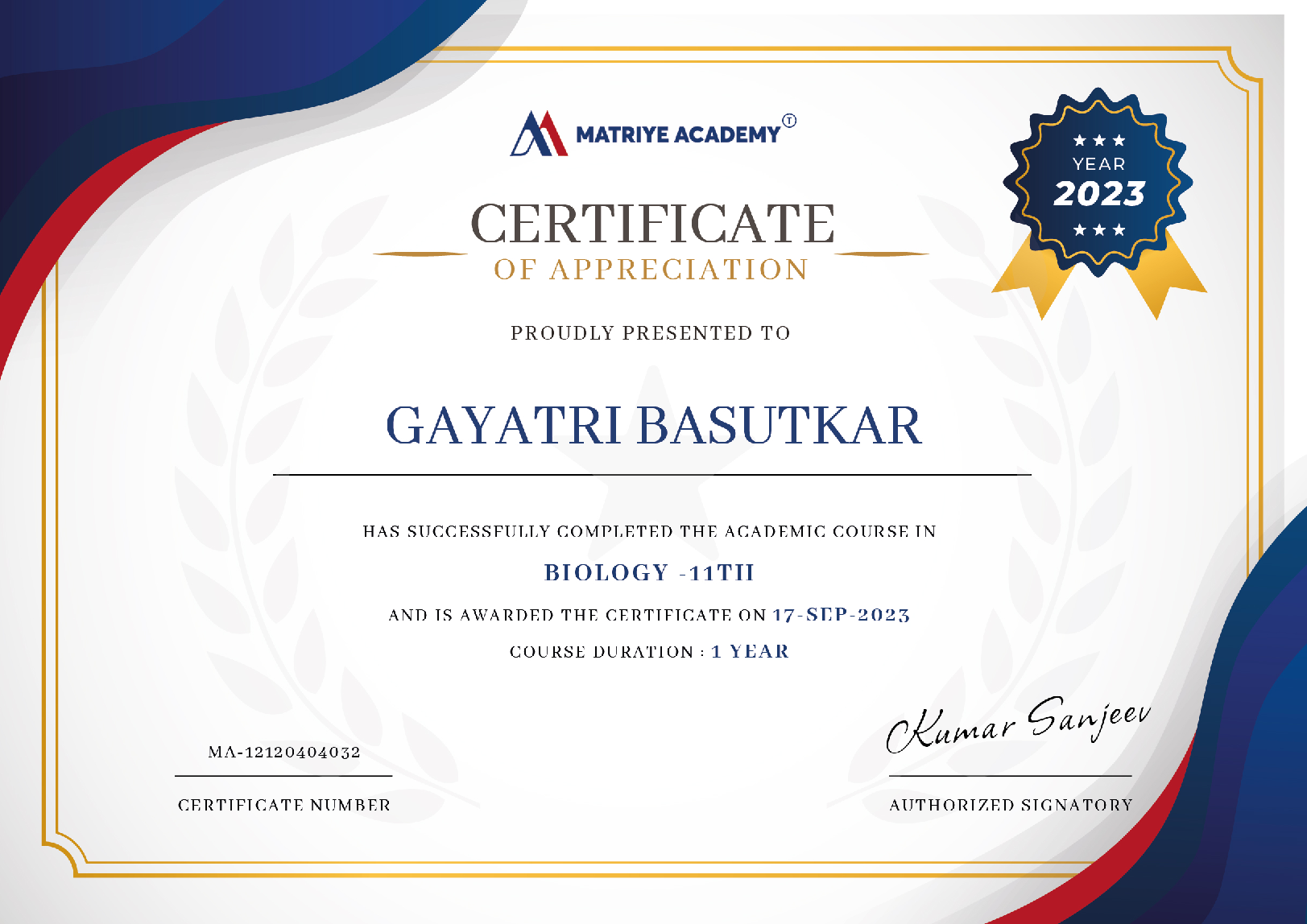

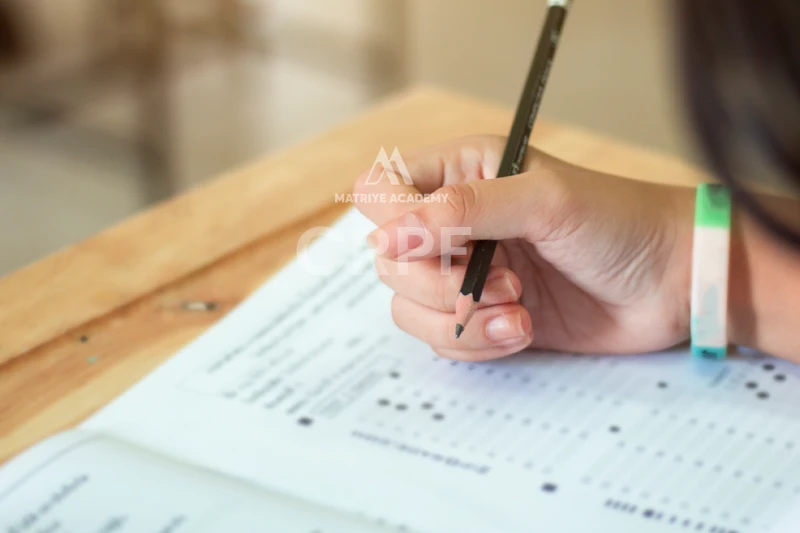
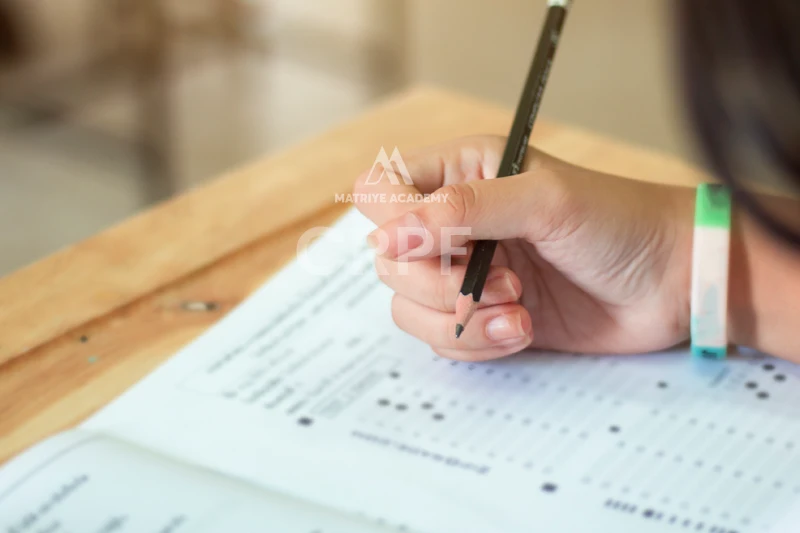


Leave A Comment